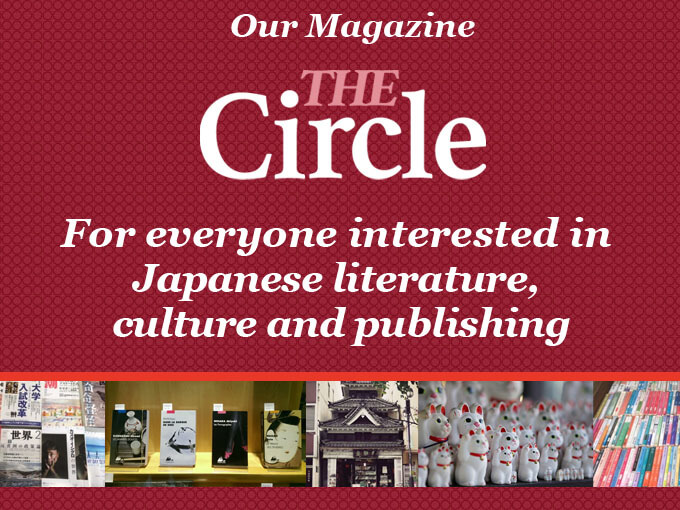- History
Oldest surviving book on Japan written in 712[UPDATED: 2-12-2018]
The Kojiki, the Record of Ancient Things, compiled by Ono Yasumaru, was completed in 712 after the death of Emperor Temmu, Japan 40th emperor, who commissioned the book. The emperor is mentioned in the book’s preface.
The Kojiki contains accounts of Japanese history including its origin and mythology that were probably considered ancient even at the time of the book’s compilation, as well as more than one hundred songs, Japan’s earliest recorded.
The Kojiki is often studied and referenced in parallel with the Nihon Shoki, The Chronicles of Japan, completed 8 years later.
According to Donald L. Philippi’s introduction to his 1968 translation of the Kojiki, only 32 copies of all or parts of the book still exist. The earliest of which, the Shimpuku-Ji manuscript, was produced between 1371-72. However, older copies of Nihon Shoki from the Heian Period (794-1185) exit.
Interestingly, the oldest surviving Japanese book is not a book about Japan and its history, but a religious text written in 615 owned by Japan’s Imperial Family.
The Kojiki contains accounts of Japanese history including its origin and mythology that were probably considered ancient even at the time of the book’s compilation, as well as more than one hundred songs, Japan’s earliest recorded.
The Kojiki is often studied and referenced in parallel with the Nihon Shoki, The Chronicles of Japan, completed 8 years later.
According to Donald L. Philippi’s introduction to his 1968 translation of the Kojiki, only 32 copies of all or parts of the book still exist. The earliest of which, the Shimpuku-Ji manuscript, was produced between 1371-72. However, older copies of Nihon Shoki from the Heian Period (794-1185) exit.
Interestingly, the oldest surviving Japanese book is not a book about Japan and its history, but a religious text written in 615 owned by Japan’s Imperial Family.
- TOPICS:
- Book production
- History
- Industry

